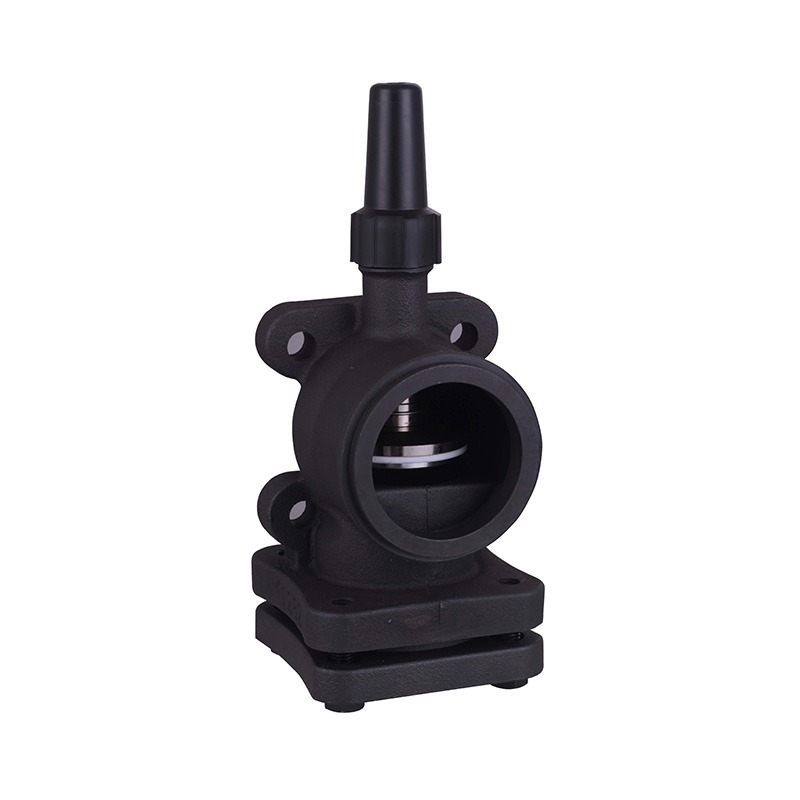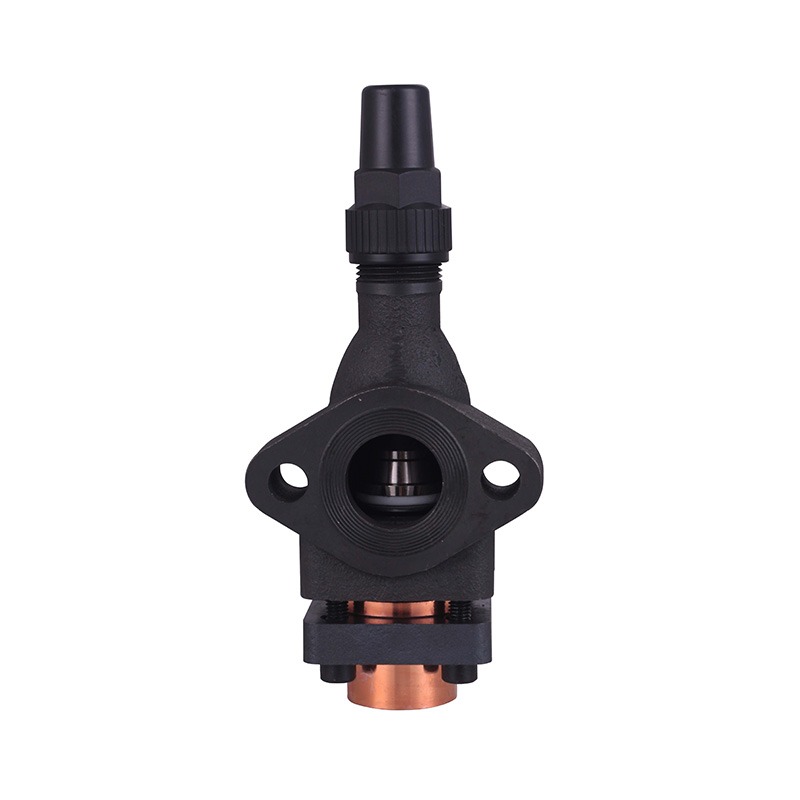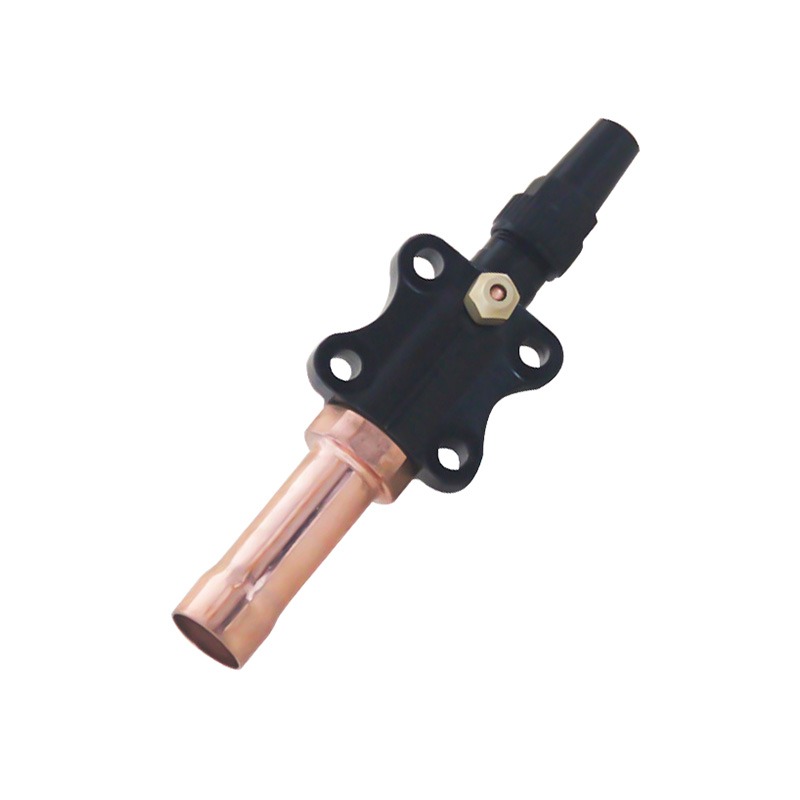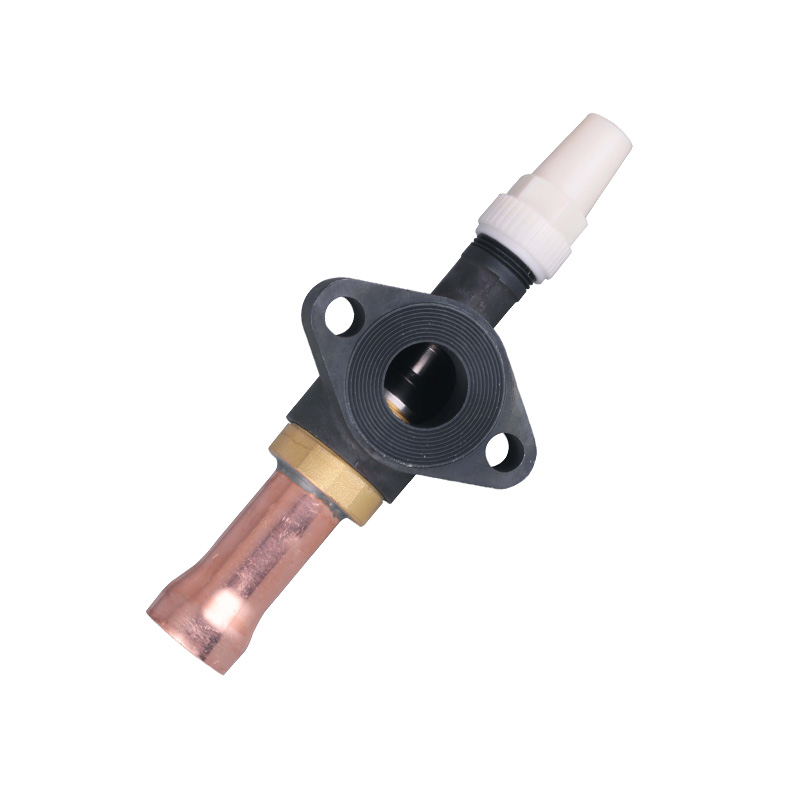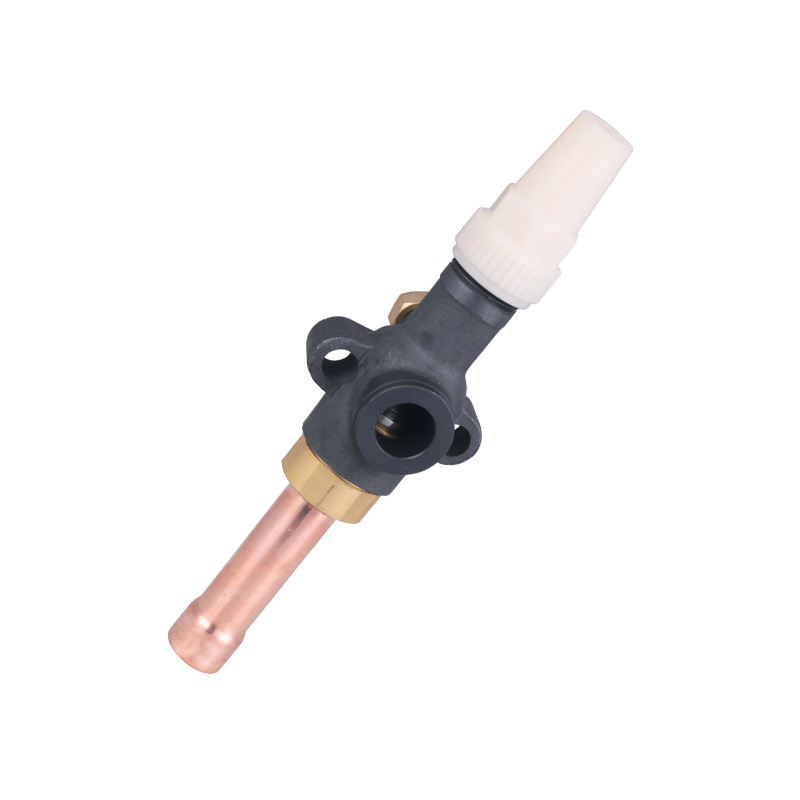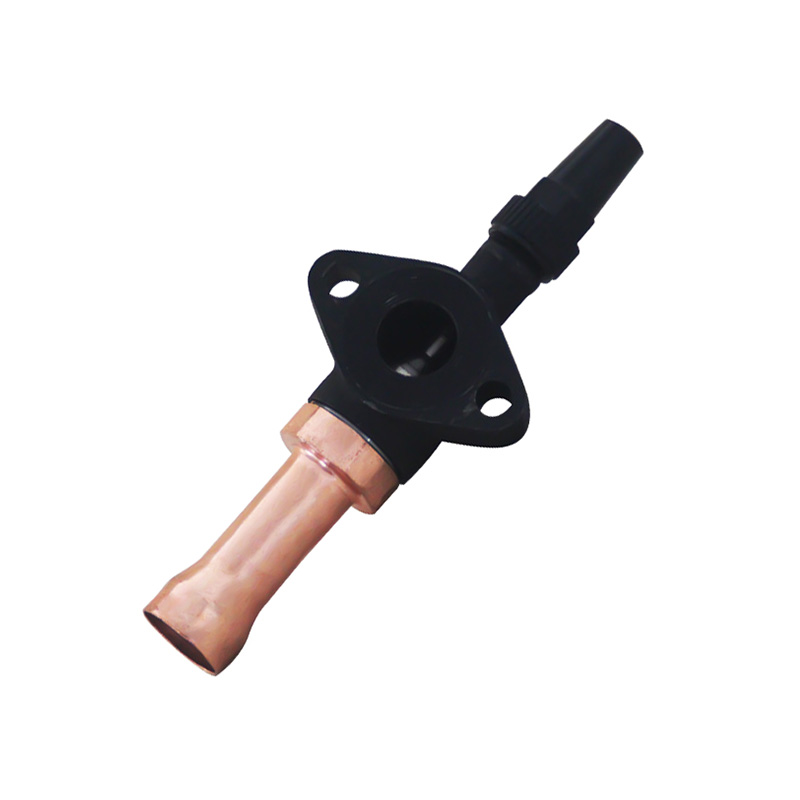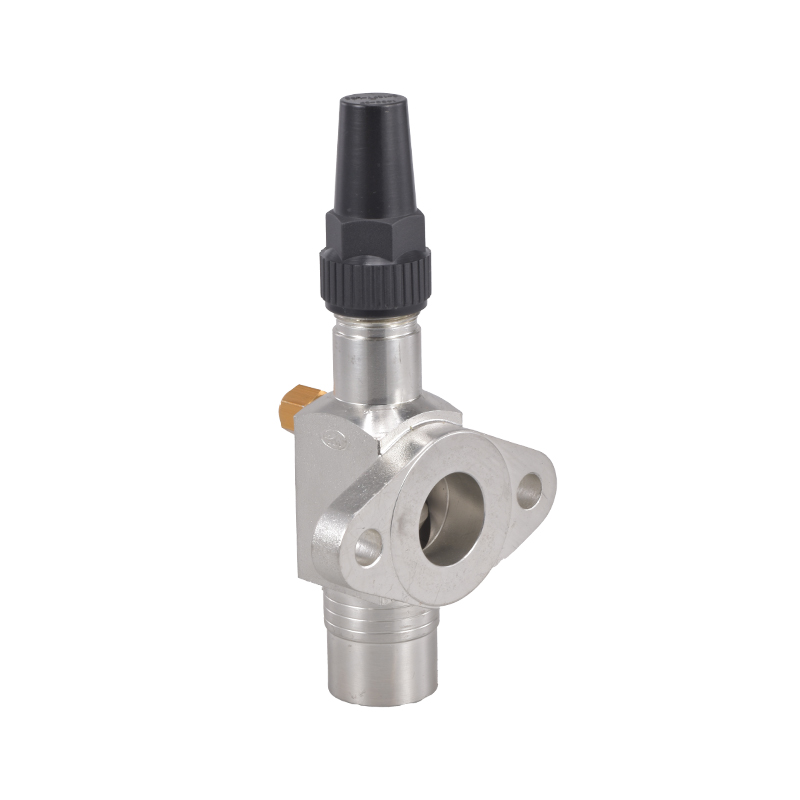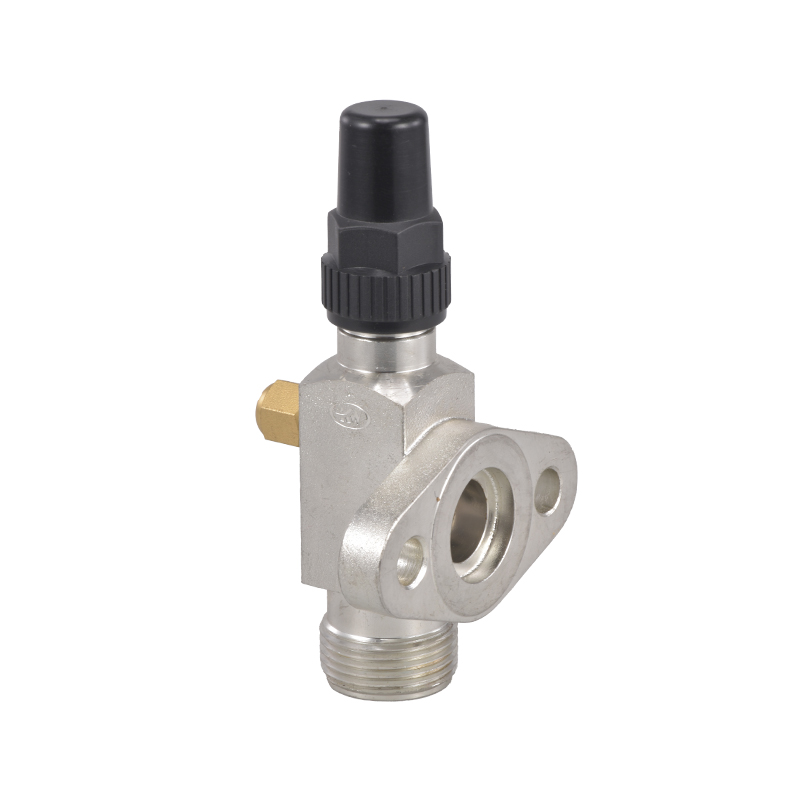Can the One-Way Stop Valve Eliminate Costly Leak Risks in Critical Industrial Sectors?
 By Admin
By Admin
Industrial safety and operational reliability remain top priorities across key sectors—from water treatment and food and beverage to oil and gas and pharmaceuticals. In industry-wide discussions and operational reviews, stories of costly consequences from leaks and reverse flow are recurring: unplanned plant shutdowns, contamination-driven product losses, or significant downtime tied to valve failures. These challenges highlight an urgent need for components that proactively mitigate such risks—and the One-Way Stop Valve has emerged as a core solution. Engineered to block reverse fluid flow and create a tight seal against leaks, this valve acts as a passive safety barrier for critical systems, directly addressing the pain points that dominate industrial operational conversations. It is no longer a “nice-to-have” add-on but a strategic tool that shifts maintenance from reactive fixes to proactive protection.
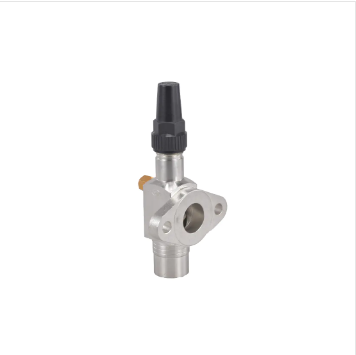
How Does the One-Way Stop Valve’s Design Prevent Reverse Flow Damage?
Reverse flow is one of the most commonly cited concerns in industrial safety dialogues—and for valid reason. When fluid flows backward in a system, it can damage sensitive equipment (such as pumps or filters), compromise production processes (including contamination risks), or create safety hazards like unexpected pressure buildup in pipelines. The One-Way Stop Valve resolves this with a straightforward yet effective design: it opens exclusively to allow fluid flow in a single direction, closing instantly if system pressure drops or flow attempts to reverse. Unlike older check valves that degrade over time and develop leaks, the One-Way Stop Valve’s tight-sealing mechanism maintains consistent performance even in harsh operating conditions—such as high pressure, exposure to corrosive fluids, or extreme temperatures. Industry-wide, maintenance managers often note that integrating this valve has eliminated reverse flow-related breakdowns, turning unpredictable downtime into steady, reliable operations. This level of dependability is exactly what teams highlight when discussing safety and efficiency gains in industrial forums and operational updates.
Why Is the One-Way Stop Valve Trusted in High-Stakes Sectors Like Food & Pharma?
In sectors where contamination risks have severe consequences—including food processing and pharmaceuticals—meeting strict safety standards and ensuring product integrity are non-negotiable. Industry conversations in these fields frequently focus on “fail-safe” components: parts that will not compromise quality or safety, even under demanding operational stress. The One-Way Stop Valve meets this need by design: its smooth internal surfaces prevent fluid buildup (a common trigger for bacteria growth), and its leak-proof seals eliminate cross-contamination between different sections of a system. This design ensures that no unintended fluids seep into production lines or sterile environments—a critical requirement for maintaining compliance with industry safety standards. Professionals in these sectors often reference the valve as a “compliance enabler,” noting that it supports adherence to strict guidelines without adding unnecessary steps to daily operations. This trust has made it a frequently recommended component in industry-specific knowledge-sharing and best-practice discussions.
How Does the One-Way Stop Valve Reduce Maintenance Headaches?
A common challenge highlighted in industrial maintenance conversations is the burden of “high-effort” components—parts that demand constant inspections, frequent replacements, or specialized tools for servicing. The One-Way Stop Valve, by contrast, is engineered for low maintenance: it has fewer moving parts than more complex valves, which reduces the risk of wear and failure, and it does not require regular disassembly for inspection. This translates to less time spent on routine checks and more time allocated to proactive maintenance tasks—such as system upgrades or preventive care. Industry professionals often emphasize the valve’s simplicity, noting that basic visual inspections are sufficient for ongoing monitoring, with no need for specialized expertise or equipment. This ease of use directly addresses a universal industry pain point: limited time and resources for maintenance. For facilities sharing insights on operational efficiency, the One-Way Stop Valve is a recurring example of how thoughtful component selection can streamline daily workflows and reduce unnecessary maintenance burdens.




 English
English русский
русский Deutsch
Deutsch
